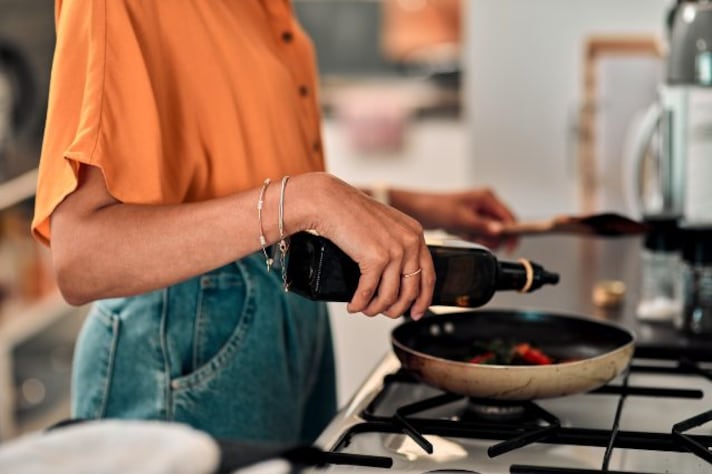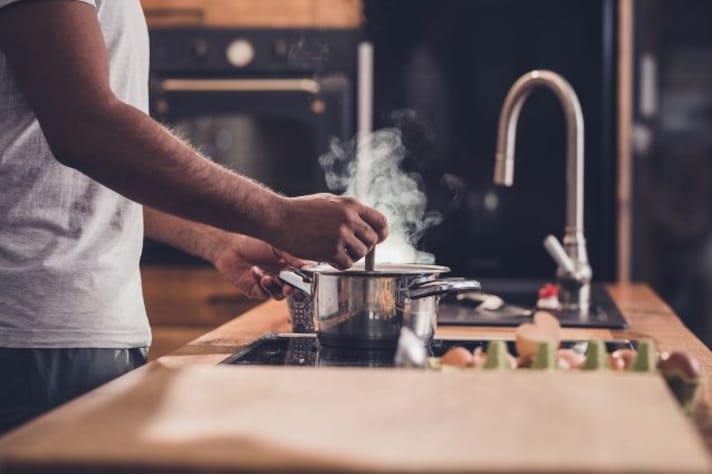Your Beginner’s Guide for Cooking and Baking at High Altitudes
Cooking at high altitude differs from sea level due to lower atmospheric pressure, causing water to boil at lower temperatures and food to take longer to cook. Key adjustments include increasing cooking time, adjusting oven temperatures, and modifying recipes for moisture and leavening.

Not everyone craves a beach vacation or the hustle and bustle of city life. Some prefer the serene escape of mountain peaks, seeking solace at high altitudes. But if you're planning a getaway to a lofty perch, there's something important you need to know: cooking up there is a whole different ball game compared to sea level. The thin air and lower atmospheric pressure can throw your favorite recipes out of whack. Fear not, adventurous cooks—we're here with all the essential tips to help you navigate the quirks of high-altitude cooking.
Why Is Cooking at High Altitude Different?
Cooking at high altitude can be as challenging as climbing the mountain itself. The main culprit is the lower atmospheric pressure found at higher elevations. This reduced pressure causes water to boil at a lower temperature, around 90°C (194°F) instead of the usual 100°C (212°F) at sea level. Consequently, food takes longer to cook because the lower boiling point means less heat is being transferred to your dish. The drier air at altitude also accelerates the evaporation of liquids, making it easier for dishes to dry out or burn if you're not careful. All these factors can make cooking feel like a science experiment, but understanding these changes can help you adapt.

Basic Adjustments for High-Altitude Cooking
Let's start with the basics: boiling water at high altitudes. Due to the lower boiling point, you'll find that water heats up more quickly but takes longer to actually cook food. For instance, making a simple pot of pasta will require extra time. Kitchen appliances like ovens, microwaves, and stoves also behave differently. Ovens may require higher temperatures or extended cooking times, while microwaves might need a bit more time to heat food thoroughly. As for stoves, be prepared for the flames to act a little more unpredictably, so keep a close eye on your pots and pans. The key is to be patient and adjust your expectations—your go-to recipes might need a little tweaking.
Cooking Common Ingredients at High Altitudes
Now, let's dive into some practical examples with everyday ingredients. When cooking meat and fish, you may need to increase the temperature slightly and extend the cooking time to ensure they're properly cooked. For pasta, be prepared to boil it longer, as the lower boiling temperature means it won't cook as quickly. Eggs, whether boiled or scrambled, also require extra time to reach the desired doneness. Baking, however, is where things get really interesting. The decreased pressure can cause baked goods to rise too quickly, then collapse. To avoid a baking disaster, you may need to reduce the amount of leavening agents (like baking powder or yeast) and increase the baking time. And remember, keep an eye on moisture—drier air can lead to quicker evaporation, so adding a bit more liquid to your recipes can help keep your baked goods from drying out.

How to Adjust Recipes and Cooking Times
So, how do you adjust your recipes for high-altitude cooking? The first step is to increase the cooking time for most dishes, whether you're boiling, baking, or roasting. A general rule of thumb is to add about 5-10% more time for every 1,000 feet above sea level. For baking, consider reducing the amount of sugar slightly and increasing liquids to retain moisture. You may also need to raise oven temperatures by 25°F (about 14°C) to compensate for the lower air pressure. If you're unsure, it's always better to start with a shorter cooking time and add more as needed. Cooking and baking at high altitudes may require a bit of trial and error, but with some patience and a willingness to experiment, you can still whip up delicious meals even in the mountains.
;Resize,width=767;)

;Resize,width=712;)

